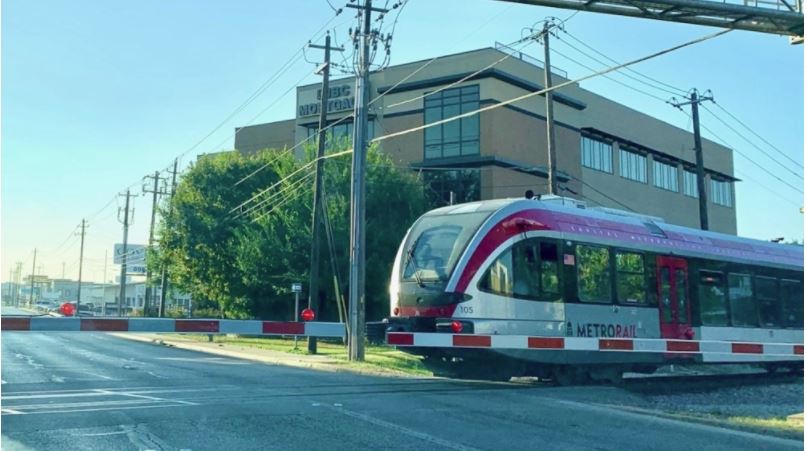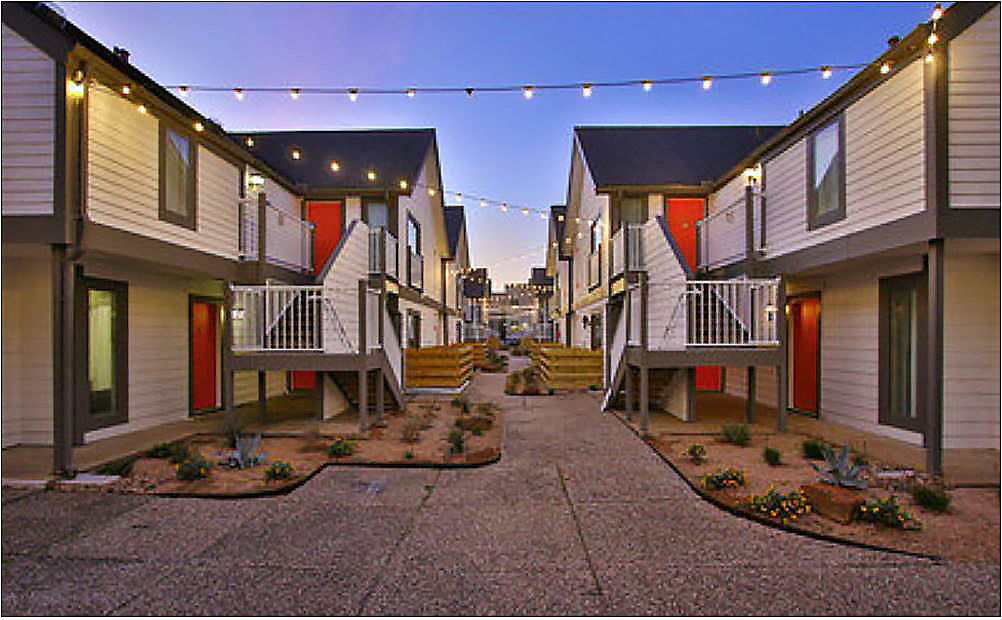After a week’s delay and extended deliberation on the dais, Austin City Council approved an updated version of the document setting the responsibilities for Project Connect’s development.
The joint powers agreement involves three Project Connect stakeholders: the city of Austin, Capital Metro, and the Austin Transit Partnership, or ATP. Sam Sargent, ATP director of strategy, said last week that the document represents the “rules of the rails” for the $7.1 billion transit expansion.
The three entities gathered last week at the Austin Convention Center to hammer out the final agreement but were forced to delay due to technical difficulties. Council took up its approval of the document, and several members’ revisions to the plan, Nov. 4.
In addition to detailing the roles of the ATP, Capital Metro and city officials and staff, portions of the document also tie to equity, land use and community engagement as the expansive transit project moves ahead. Several edits to the agreement approved by council this week also reflect commentary from residents and mobility groups that had previously expressed reservations. Click to read more at www.communityimpact.com.









